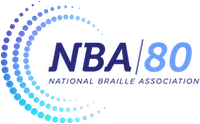UEB symbols for accidentals
- This topic has 1 reply, 2 voices, and was last updated 10 years, 7 months ago by .
Viewing 2 posts - 1 through 2 (of 2 total)
Viewing 2 posts - 1 through 2 (of 2 total)
Everyone is free to read the forums, but only current NBA members can post. Become a member today. Click here to Login and return.
